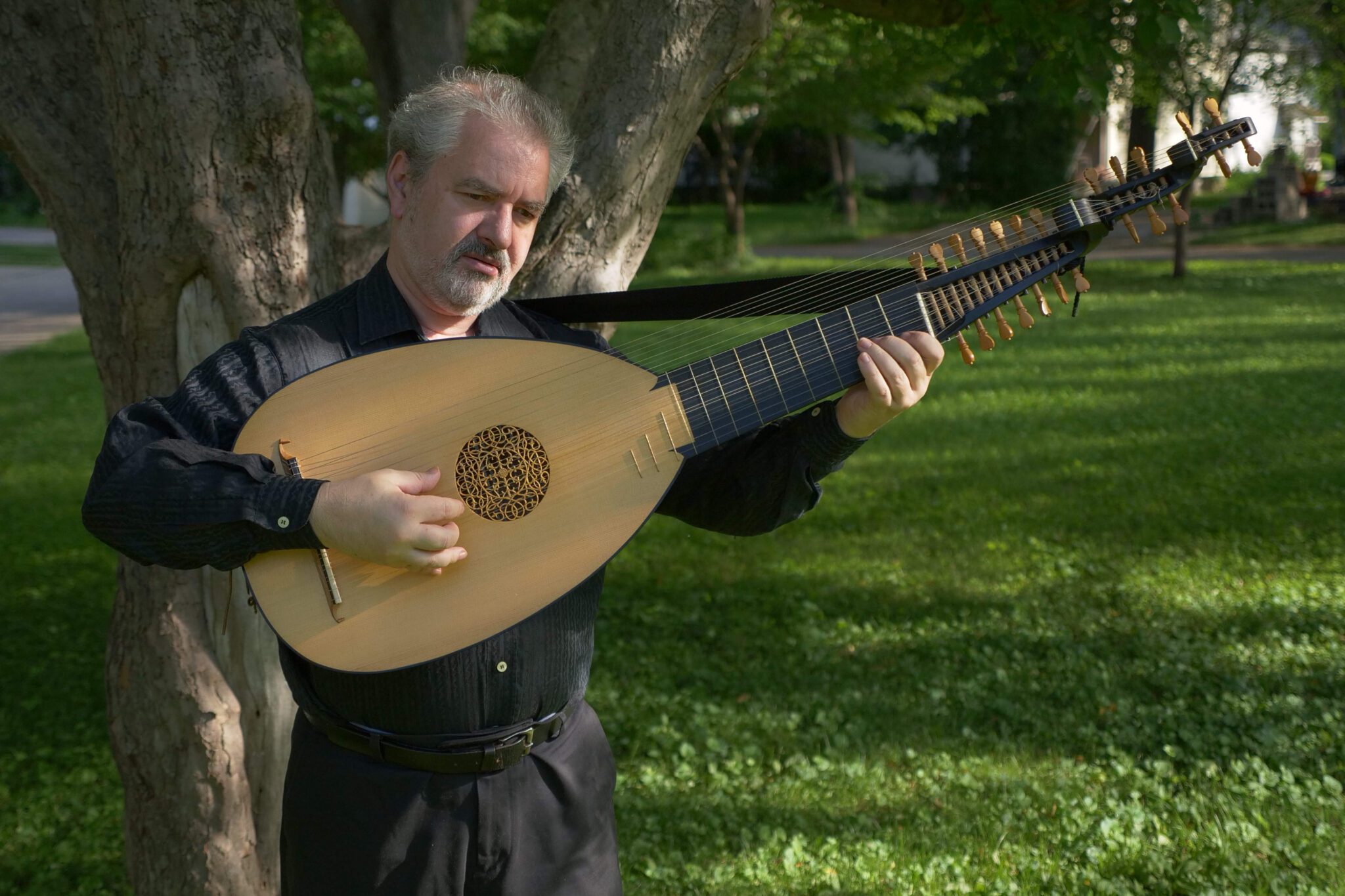Note: All submitted events must be approved before they appear in the calendar.

- This event has passed.
Renaissance Psalms, Irish Baroque and Folk: Capitol Hill Chamber Music Festival

Oleg Timofeyev on renaissance lute, wire-strung 1761 English guitar and 1820 7-string guitar, and Jeffrey Cohan on bass, tenor and descant renaissance flutes, one-keyed baroque flute and an 8-keyed flute made in 1820 perform three centuries of Dutch, Italian, French, English, Scottish, Irish and Ukranian folk music, both sacred and secular, from the Renaissance, Baroque and Romantic periods.
In three parts, this program opens with early 17th century settings of Psalms and variations on folk melodies by the flutist and carilloneur Jacob Van Eyck, performed in part simultaneously with variations from 1620 by the lutenist Nicolas Vallet, on renaissance descant, tenor and bass transverse flutes and lute. Then, early 18th-century Scottish and Irish folk tunes as interpreted and embellished by early 18th-century composers Francesco Barsanti, Turlough O’Carolan and others are to be heard on baroque flute and lute followed by music featuring a rare wire-strung English Guitar made in London in 1861. Finally, an Eastern European 7-string guitar made in 1820 in Russia and an eight-keyed flute made in London in the same year bring to life popular melodies of the early 19th century including Irish airs and popular dances, as interpreted by virtuoso flutists and guitarists of Beethoven’s day such as Mauro Giuliani, Louis Drouet, Charles Nicholson.
The Capitol Hill Chamber Music Festival returns to Capitol Hill on September 9, 16 and 22 for the first time since the pandemic with “Baroque in Transition”, three programs of early chamber music from four centuries performed on period instruments, co-sponsored by St. Mark’s Church, with performances also in Baltimore and in Annapolis. Please see www.chcmf.org.
These 2024 programs illuminate an evolving 17th century musical perspective in Italy and France and throughout Europe in the context of the music of earlier and later centuries. “Renaissance” and “Baroque” instrumental colors were very much in flux and existed side by side, reflecting an evolving musical taste, with striking contrast as they diverged through French and Italian styles with an exchange of ideas between the two. Some instruments such as the transverse flute of the Renaissance were slower to respond to trends in vocal music as their qualities continued to suit the requirements of the instrumental composers of the day, before undergoing a rather drastic evolution physically somewhat later in the 17th century, in response to the new expectations of vocal expression.
